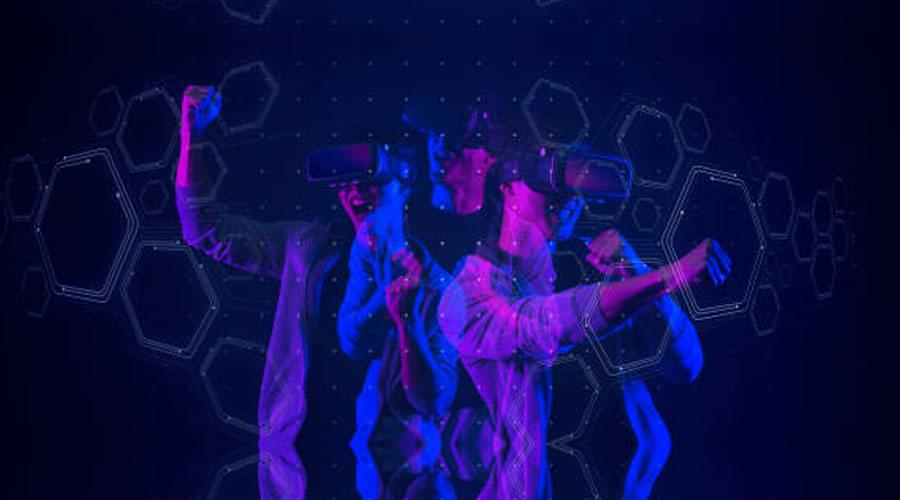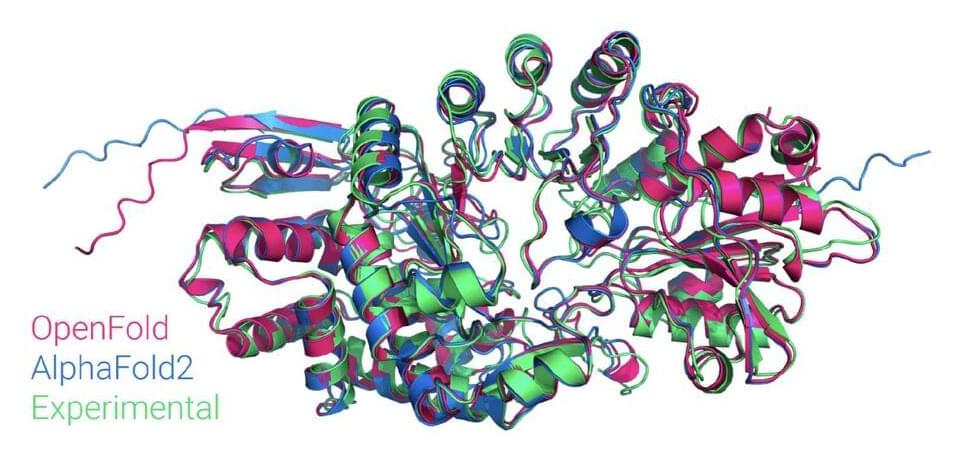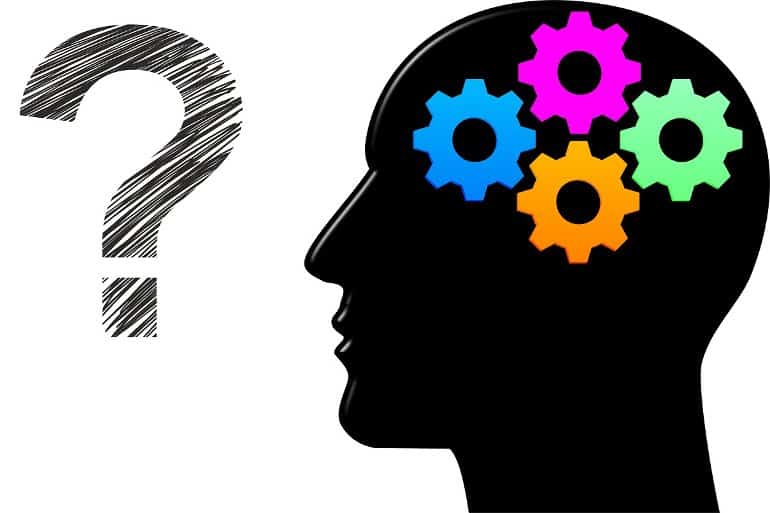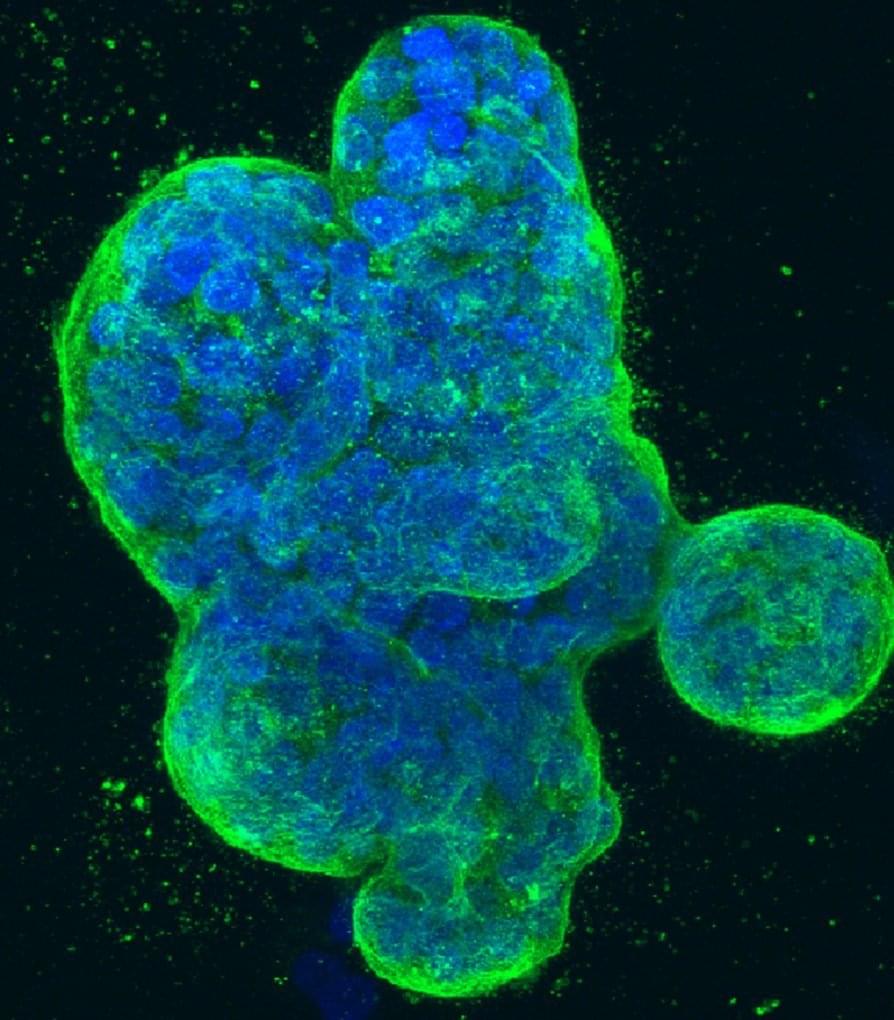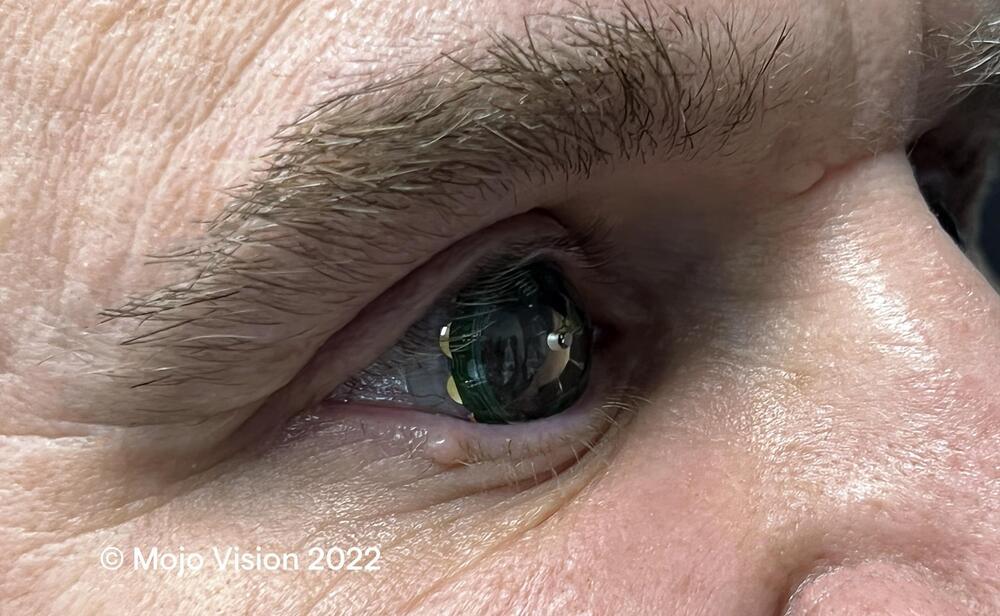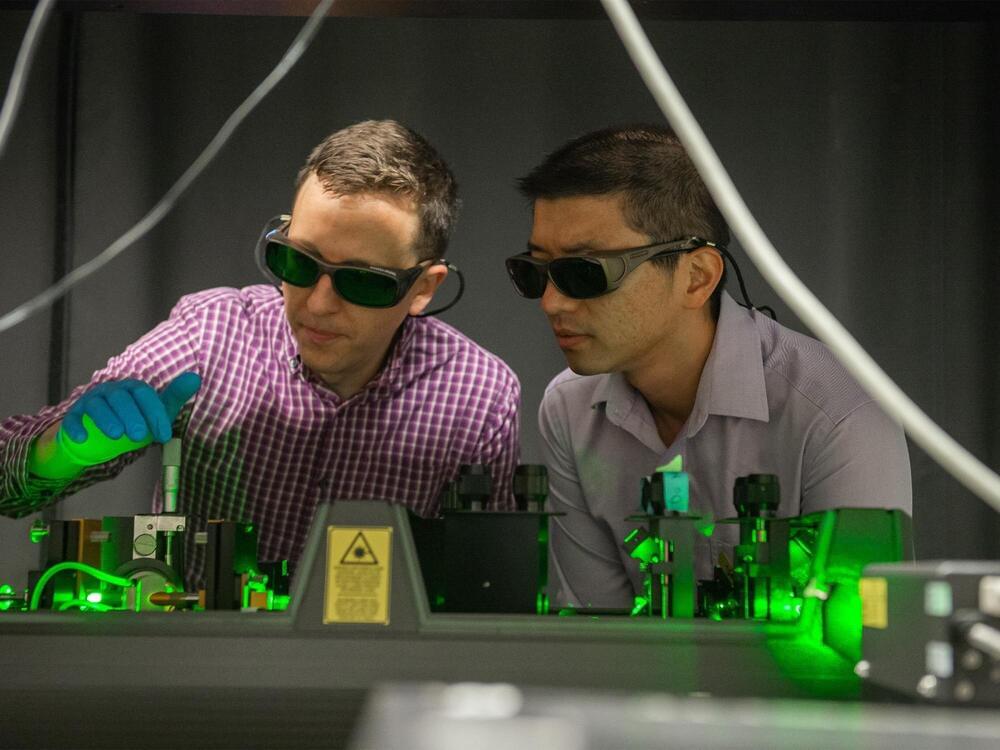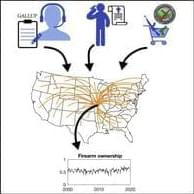Metaverse though considered, a world under construction, has already created exciting promises. An individual can replicate his identity and even enhance them. How is it possible for a virtual world to create the exact replica of a person in zeroes and ones? There is not just one technology aiding in creating the fascinating world of Metaverse and IoT is one amongst them.
IoT connects digital devices via sensors and gadgets. It connects voice-activated speakers, medical gadgets, thermostats, and weather sensors, to data sources. Metaverse’s IoT applications collect and distribute data from the physical world to create an accurate representation of an object. A person’s replica in a Metaverse might have a unique biophysical response for example when the real person relocates to a place with different weather.
3D environments become easy and seamless to adapt in Metaverse as it connects a range of real-life devices through IoT. Making simulations within the Metaverse, particularly with digital twins becomes a lot easier making the physical and digital worlds indistinguishable all while providing a tailored interface environment for IoT. For example, with the gaming interface, elevated heart and breathing rates can trigger the individual’s avatar to make it more susceptible to replicating the person in real.
